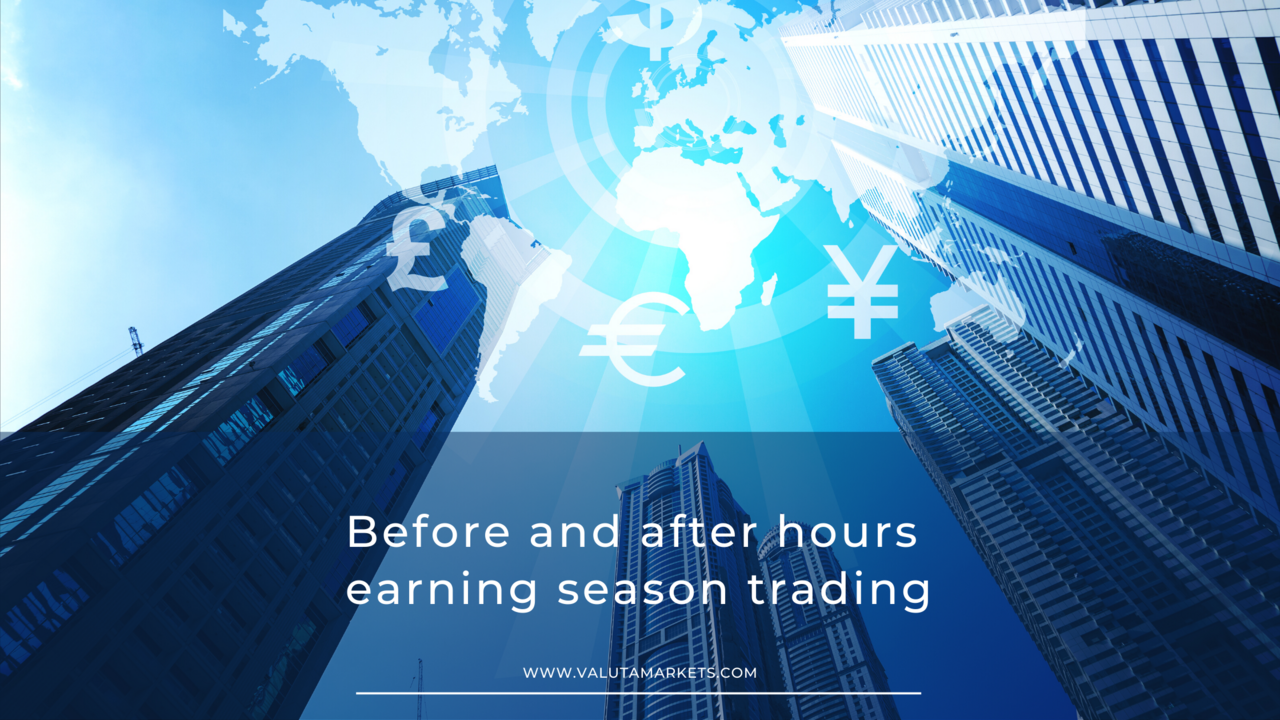While most new traders understand that the stock market only has regular trading hours between 9:30 a.m. and 4:00 p.m. when it is not a holiday, something worth noting is that the stock market runs even before and after the highlighted trading hours.
The pre-market trading sessions allow the investors to trade between 4:30 a.m. and 8:30 a.m., whereas the post-market trading sessions are between 4:00 p.m. and 8:00 p.m. During the regular trading hours, billions of stocks are traded. Only a small percentage of shares are traded during pre-market and post-market trading hours compared to the regular hours.
It is also important to note that trading outside the regular trading hours comes with several challenges investors need to be aware of.
Earning Season Explained
This is when publicly traded companies share their quarterly earnings reports, and it takes place quarterly. The earning season is usually about two weeks at the end of every quarter, which falls in January, April, July, and October.
The financial reports are released during the earning seasons, pre-market trading hours, and post-market trading hours. This often leads to significant moves during times outside the regular trading hours.
Earnings Releases and Trading Hours
Earnings reports are released outside the regular trading hours to prevent knee jack movement of the stock process. When the reports are released, the reactions are also substantially felt during the pre-market and post-market trading hours.
Market reactions and movements when the financial results miss or exceed the expectations of the analysts and investors. Traders can use this information to make the most out of trading outside the regular market hours. The reaction rate to the news determines how well the trader can capitalize on the movement.
Economic Indicators and Trading Hours
The financial reports released during the earning season are used to provide data for economic indicators. However, the economic indicators are usually released at 8:30 a.m., just an hour before the regular trading hours.
The indicators thus cause price movements during the regular trading hours. The releases set the tone and inform the trading day.
Reactions To Earning Reports
As aforementioned, companies release their financial results before or after the regular market trading hours to prevent knee jack reactions. This way, they protect their companies and stocks from value misrepresentation. For instance, if the quarter’s profits are way lower than expected, this would see a very big shift from the stock during the regular trading hours resulting in huge losses. The losses, however, would represent a small portion of the stocks.
The movements are, however, still felt outside the trading hours. This makes trading pre-market and post-market hours important as you get to be among the first investors to react. When the regular session opens, the prices will have already changed. The companies target the regular hours for this very reason, as it is when their stocks’ fair value is reflected. When the stock prices reach fair value, it is usually to make a profitable move.
Benefits Of Trading Pre and Post Market Hours
Trading before the market opens and before it closes comes with several benefits.
1. Quick reaction to market news
The first benefit of trading outside regular market hours is the opportunity to react to news promptly. For instance, earnings results are announced before the market opens. Investors react to the news and price movement before the market opens.
Reacting promptly to volatility gives investors the chance to make the most out of their trade before reaching the fair share price. Pricing opportunities are also better when trading outside the market hours. If financial results are below expectations, the share price could drop, allowing you to buy stock cheaply.
2. Convenience
Convenience is the other benefit of trading stock during off-peak hours, especially for investors that are not full-time traders. Since financial results released during the earning seasons are made during off-peak market hours, you can also trade immediately, eliminating the need to wait until later in the day or the following day.
Risks Of Trading Off-Peak Hours
While trading outside the regular hours comes with benefits such as an opportunity to make fast moves, it also comes with some risks.
1. Wide spreads
Off-peak trading hours are featured by a low trading volume which attracts the risk of wide spreads. That is between the bid and ask prices; this makes it hard to trade at a favourable price.
2. High volatility
Off-peak trading hours during the earning seasons are faced with significant price movements and volatility. High volatility increases risk. Financial results are released during off-peak trading hours, making trades made at this time more volatile.
3. Less liquidity
Buyers and sellers available during the off-peak hours are less than during regular market hours. It is, therefore, more challenging to convert stock to cash outside the regular hours.
Take Away
Financial results reports for publicly traded companies are released before the stock market opens. This is a great opportunity for traders who buy and sell stock outside the regular trading hours. Understanding how you could use the off-peak trading hours will help you position yourself better.
As much as trading outside the market hours comes with benefits, such as an opportunity to capitalize on volatility, it also has risks that you should look out for.

